BERMUDA CETACEAN RESEARCH PROJECT
LOCATION: BERMUDA
Randall Wells, PhD
Sarasota Dolphin Research Program, Brookfield Zoo Chicago
|
Andreas Fahlman, PhD |
Jay Sweeney, DVM; Rae Stone, DVM; Robyn Faulkner Allen |
|
Peter Tyack, PhD |
Frants Jensen, PhD; Michael Moore, DVM, PhD |
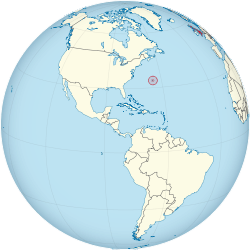
PROJECT SUMMARY
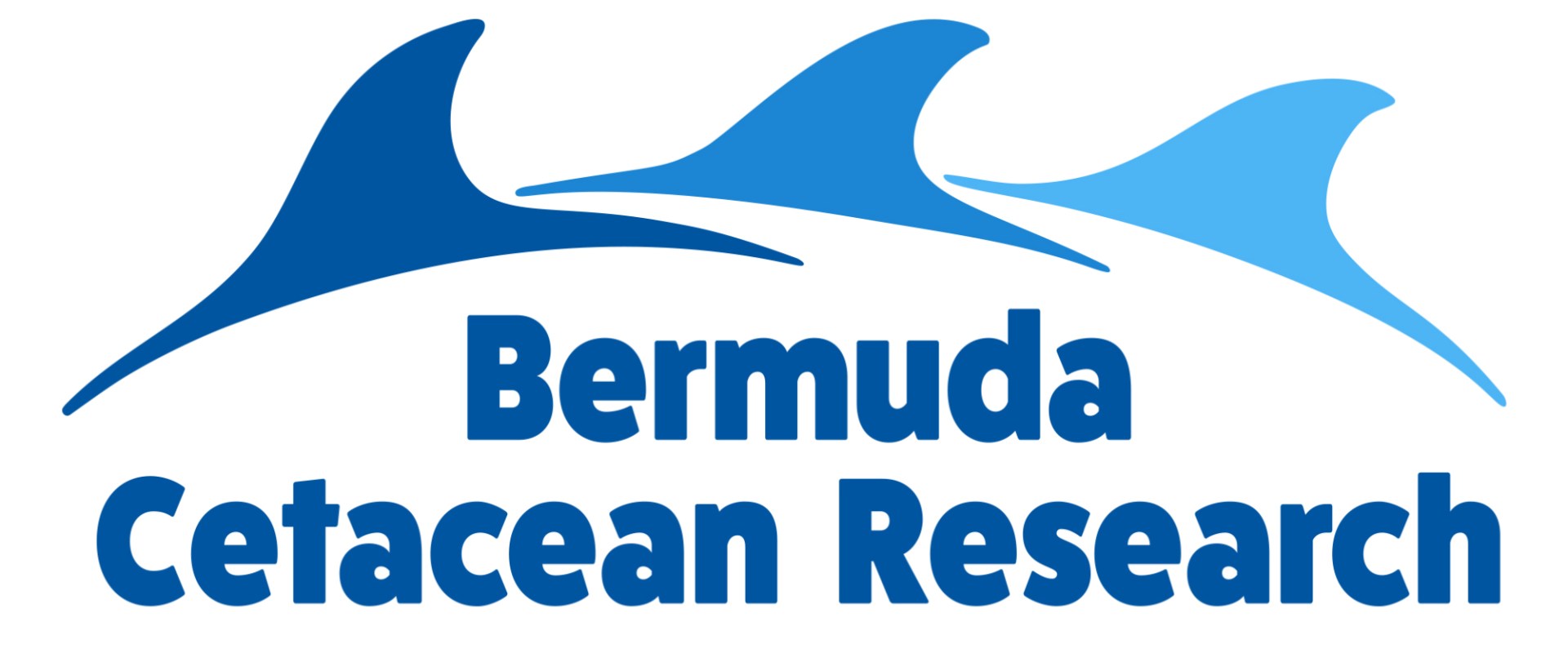
The Bermuda Cetacean Research project was developed to study marine mammals around the waters of Bermuda. This scientific research includes the Bermuda Cetaceans Sighting Project, The Bermuda Dolphin Conservation Project and the Dolphin Tracking Project.
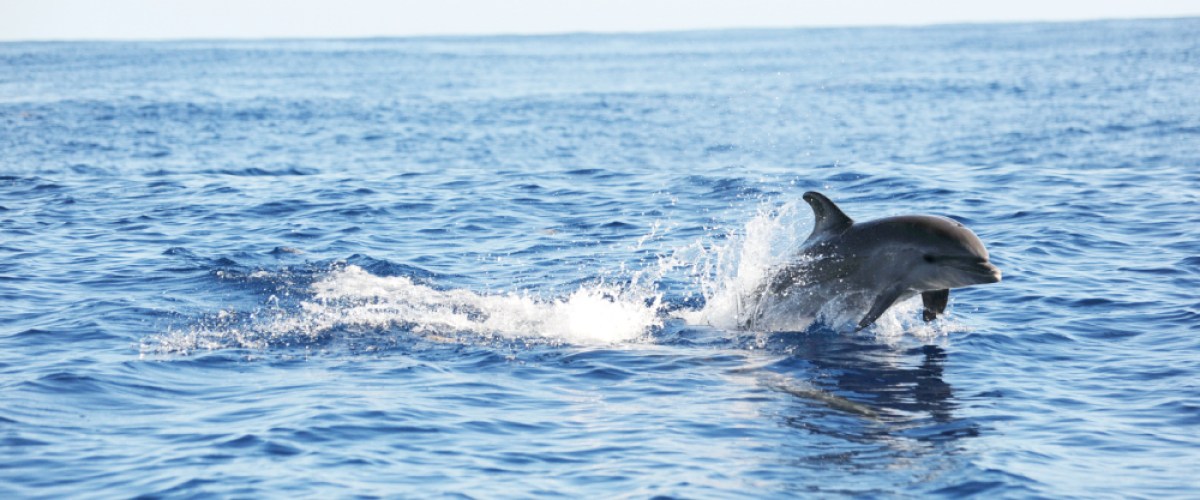
Bermuda Cetacean Sightings
Initial Bermuda Cetacean Research studies of bottlenose dolphins off Bermuda reveal the following information about these animals:
– They live in a very deep habitat and dive to great depths.
– They have physiological adaptations to facilitate deep dives.
– They use echolocation to presumably forage at depth and closer to the surface.
– They demonstrate a mixture of site fidelity and wide-ranging patterns.
– They are mostly in good health.
– They have among the lowest recorded bottlenose dolphin tissue concentrations of a number of significant environmental contaminants.
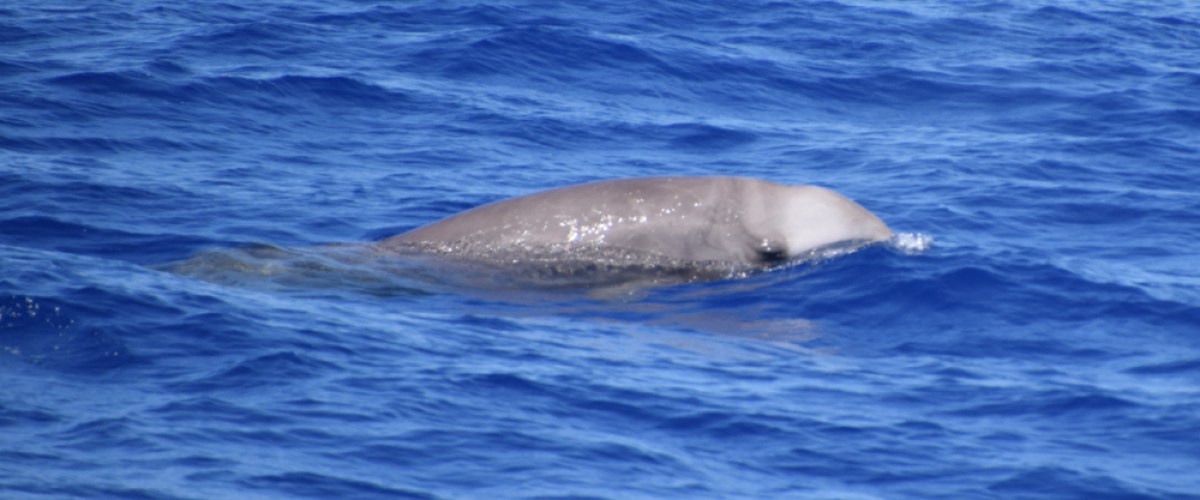
Bermuda Cetacean Sightings
Sample sizes for each of these findings are small and need to be expanded to develop a more comprehensive understanding of the lives of these mid-ocean dolphins and to facilitate meaningful comparisons with better-known shallow-water dolphins.
Data for other marine mammals around Bermuda continue to be collected and we hope to learn more about the beaked whales sighted as well as other marine mammals seen in the waters around Bermuda.
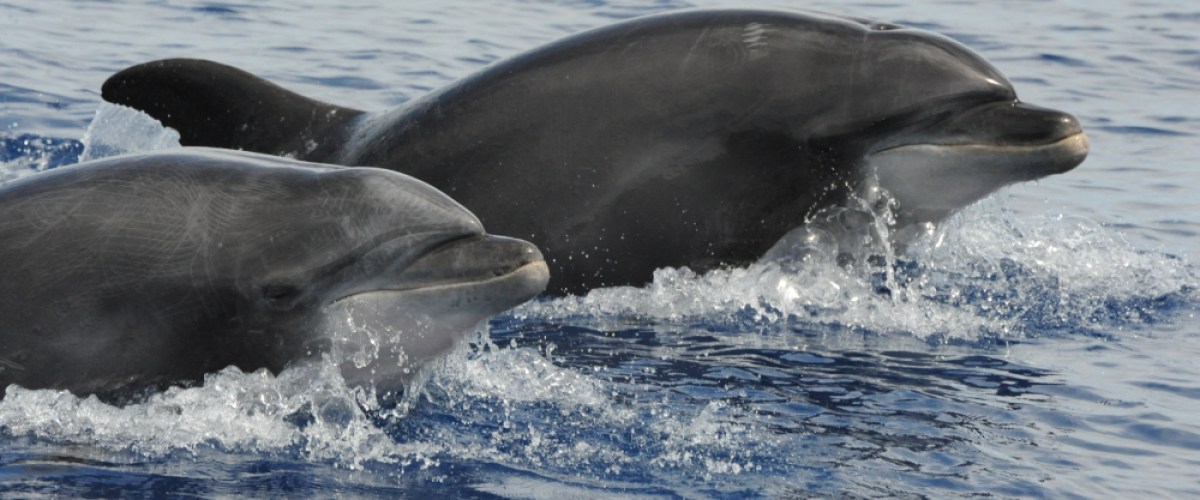
Bermuda Cetacean Sightings
The word “Cetacean” originates from the Latin word cetus which means large sea creature. Cetacean is used to define aquatic mammals, such as humpback whales, bottlenose dolphins and beaked whales.”
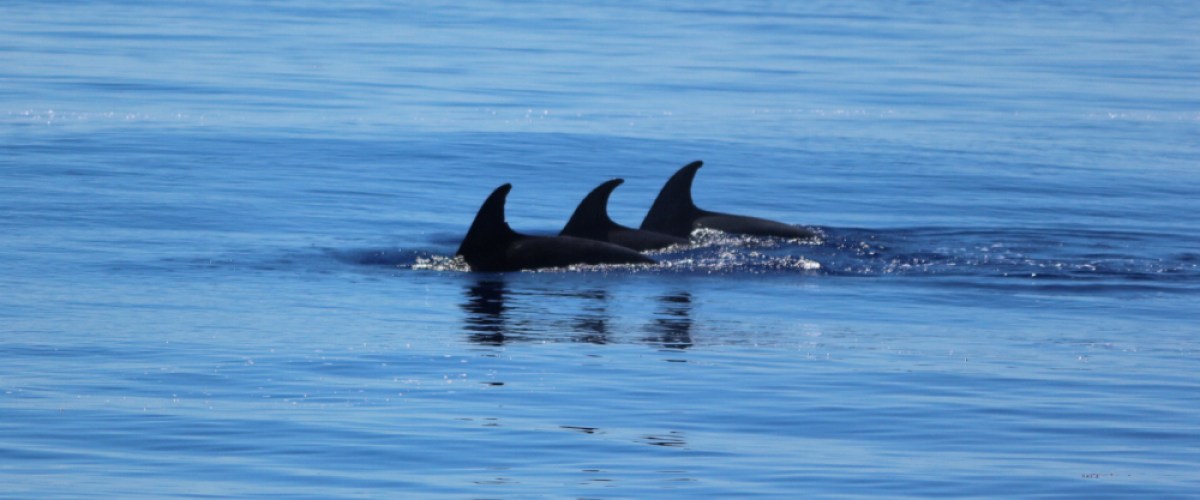
Bermuda Cetacean Sightings



